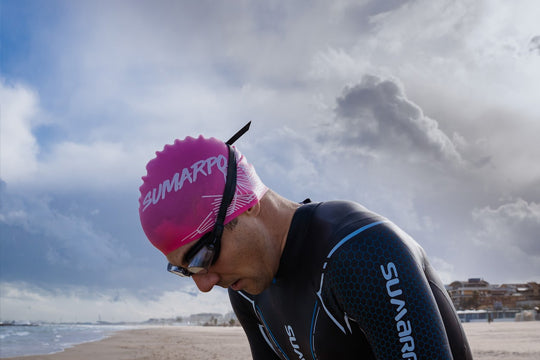When venturing into water sports or activities, choosing the right gear is crucial for comfort, performance, and safety. Among the most debated options are wetsuits and drysuits. While they may appear similar at first glance, their functionality, construction, and purpose vary significantly. Let’s dive into the details to help you decide which is the best fit for your needs.
Which to Purchase: Drysuit or Wetsuit?
The choice between a wetsuit and a drysuit largely depends on the type of activity, water temperature, and personal preferences. Here’s a quick guide to help you decide:
· Wetsuit: Best for activities like swimming, surfing, and triathlons in moderate to cold water temperatures. Wetsuits allow a thin layer of water to enter, which your body warms to provide insulation.
· Drysuit: Ideal for diving, kayaking, or paddleboarding in extremely cold waters. A drysuit keeps you completely dry by sealing out water and providing space for additional insulating layers.
If you’re seeking flexibility and buoyancy for swimming, a wetsuit is your go-to. For prolonged exposure in icy waters, a drysuit is the superior choice.
6 Differences Between a Wetsuit and a Drysuit
Material and Construction:
Wetsuits are made of neoprene, which traps a thin layer of water for insulation.
Drysuits are typically constructed from waterproof and breathable materials like nylon or trilaminate, with seals to keep water out.
Insulation:
Wetsuits rely on a layer of water warmed by your body heat.
Drysuits use air as insulation, and you can wear additional thermal layers underneath.
Waterproofing:
Wetsuits allow some water in.
Drysuits keep you completely dry.
Mobility:
Wetsuits are snug and stretchy, offering better mobility for swimming and dynamic movements.
Drysuits are looser, which can restrict mobility slightly but provide greater comfort in colder conditions.
Purpose:
Wetsuits are designed for immersion activities like surfing, diving, and triathlons.
Drysuits are suited for colder environments and sports like ice diving, kayaking, or fishing.
Buoyancy:
Wetsuits naturally provide buoyancy due to the neoprene material.
Drysuits require additional buoyancy control, often managed with a buoyancy compensator device (BCD) for divers.
Can You Swim in a Drysuit?
While it is possible to swim in a drysuit, it’s not ideal for most swimming-focused activities. Drysuits are bulkier and less hydrodynamic compared to wetsuits, making swimming more effort-intensive. They are designed for warmth and protection rather than streamlined movement in water. If your activity involves continuous swimming, a wetsuit will be far more efficient and comfortable.
Wetsuit vs. Drysuit: Which Is Best for You?
Your choice depends on several factors:
· Water Temperature: In water above 15°C (59°F), a wetsuit is usually sufficient. For colder conditions, a drysuit is recommended.
· Duration of Activity: For prolonged exposure, such as ice diving or cold-water kayaking, a drysuit offers better thermal protection.
· Type of Sport: Swimming, surfing, and triathlons are better suited to wetsuits, while diving or kayaking in icy waters call for a drysuit.
· Budget: Wetsuits are generally more affordable, making them a practical choice for casual users.
Both wetsuits and drysuits have their unique advantages, and the best choice depends on your specific needs. A wetsuit is a versatile and budget-friendly option for most water sports, while a drysuit provides unparalleled protection in extreme cold.
Evaluate your activities and environment to make an informed decision. Whether you opt for a wetsuit or a drysuit, the right gear will ensure you stay comfortable and safe while enjoying your time in the water.



















